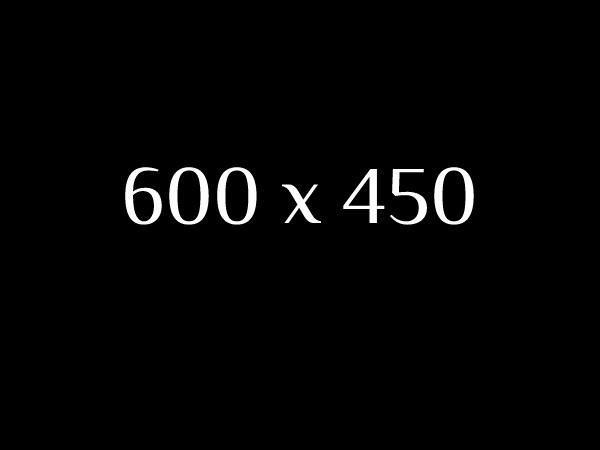The Economics of Solar Energy: Cost Analysis and Return on Investment
The economic aspect of solar Energy is a crucial factor for homeowners, businesses, and policymakers. Understanding the costs, savings, and return on investment (ROI) associated with solar power is vital in assessing its viability as an energy source. This article delves into the economics of solar energy, providing a comprehensive cost analysis and insights into the potential returns on investment.
The Cost of Solar Energy Systems
The cost of a solar energy system depends on several factors including the size of the system, the type of solar panels used, and the geographical location. Over the past decade, the cost of solar panels and installations has decreased significantly, making solar energy more accessible and affordable.
Breakdown of Solar Energy Costs
- Solar Panels: The most significant cost in a solar energy system. Prices vary based on efficiency and capacity.
- Inverters: Convert the direct current (DC) electricity generated by solar panels into alternating current (AC) used in homes and businesses.
- Installation Costs: Include labor and additional Equipment needed for setting up the solar system.
- Maintenance: Generally low; involves regular cleaning and occasional repairs.
Financial Incentives and Rebates
Many governments offer financial incentives to reduce the initial cost of solar installations. These can include tax credits, rebates, and solar renewable energy credits (SRECs). These incentives significantly lower the upfront investment and improve the ROI of solar energy systems.
Return on Investment Analysis
To calculate the ROI of a solar energy system, one must consider the initial installation costs, operational and maintenance costs, savings on energy bills, and incentives. Typically, solar energy systems offer a ROI within 5 to 10 years, depending on the system’s size and local energy prices.
Case Studies: Real-World ROI Examples
Several case studies highlight the economic benefits of solar energy:
- Residential: Homeowners reducing their monthly energy bills by 50-100% and receiving payback within 8 years.
- Commercial: Businesses achieving significant savings in operational costs and benefiting from Green energy tax deductions.
- Utility-Scale: Large-scale solar farms selling power to the grid and achieving profitability over long-term operations.
Solar Energy vs. Traditional Energy Costs
When compared to traditional energy sources, solar power often presents a favorable economic case. While the initial investment is higher, the long-term savings on energy bills and the absence of fuel costs make solar energy financially attractive.
The Future of Solar Energy Economics
With ongoing technological advancements and increasing efficiency of solar panels, the costs are expected to continue to decline. Additionally, as environmental policies tighten and the cost of traditional energy sources rises, solar energy’s economic appeal is likely to grow further.
Conclusion
The economics of solar energy is a dynamic and promising field. With decreasing costs, attractive ROI, and various financial incentives available, solar energy is increasingly becoming a sound investment for individuals and businesses alike. The shift towards solar power not only contributes to environmental sustainability but also offers substantial economic benefits.
